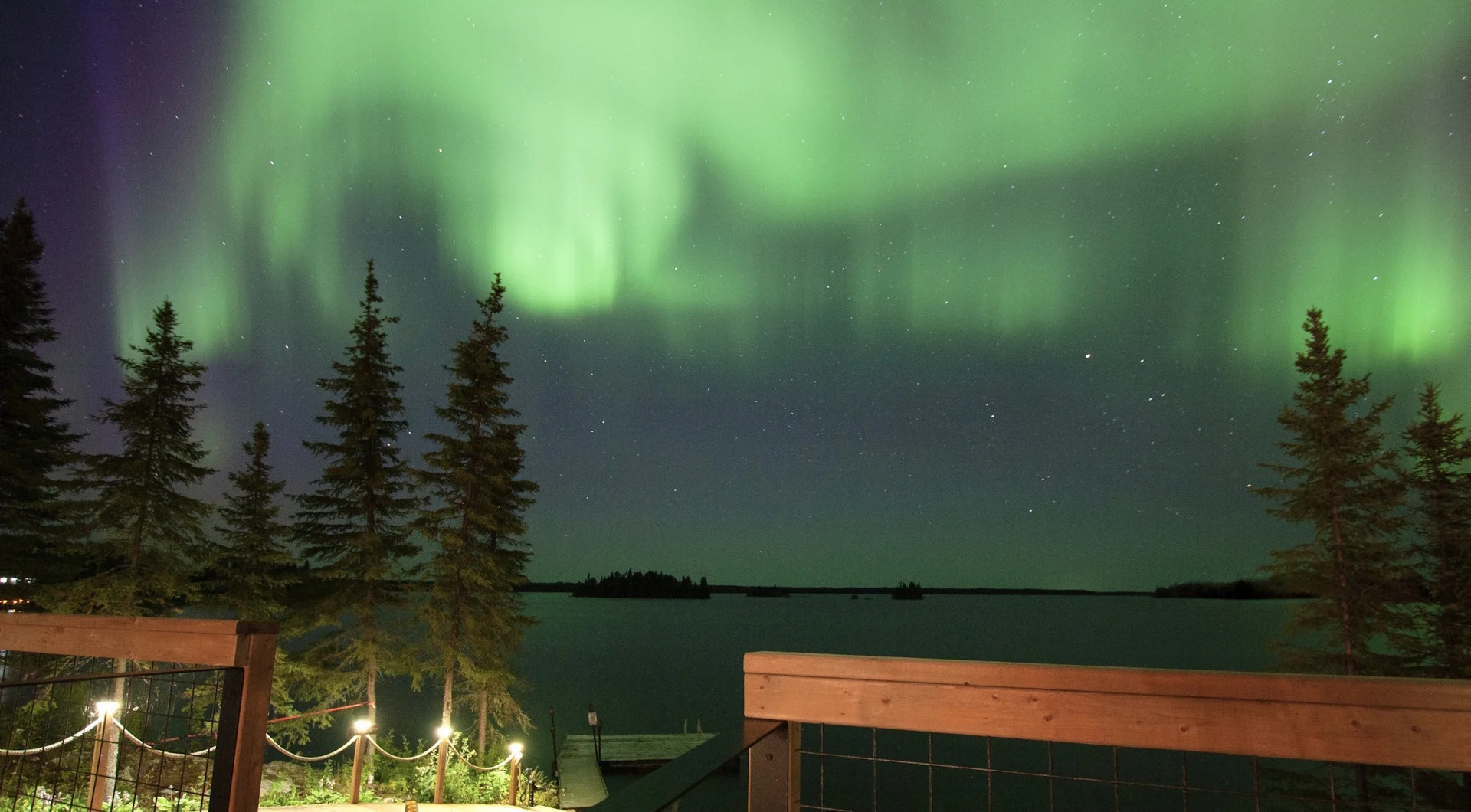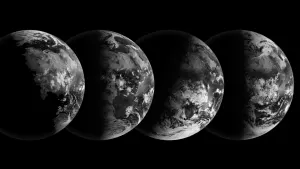
Northern lights possible over Canada (again!)
Eyes to the sky for the northern lights Monday evening through early Tuesday after a strong solar flare over the weekend
The aftermath of a strong solar flare this weekend will give rise to yet another decent opportunity to see the northern lights across Canada Monday evening through early Tuesday.
Night owls with clear skies should head outside and gaze up for a chance to see dazzling auroras after sunset into the early overnight.
Here’s a look at conditions across the country and where folks might have the greatest potential to spot a memorable display of colours.
DON’T MISS: How do the Northern Lights shine? Here's the science behind auroras
Aurora potential increases after strong solar storm
A powerful solar flare burst forth from the Sun on Saturday morning, sending a coronal mass ejection (CME) racing toward Earth. Tonight's potential arrives just a few days after a similar storm triggered auroras overnight Thursday into Friday.
This latest surge of plasma and magnetic field is expected to reach our atmosphere overnight Monday into early Tuesday morning, triggering a strong geomagnetic storm as it arrives on our doorstep.

The energy of a geomagnetic storm ionizes gasses in our planet’s upper atmosphere, which glow and dance as a spectacle of coloured lights against the night sky.
Experts rate the intensity of geomagnetic activity on the Kp Index, which ranges from Kp 0 on the low end to Kp 9 on the high end. Values around Kp 7 are sufficient for nationwide aurora visibility.
Tuesday morning’s geomagnetic activity could reach Kp 6, according to the U.S. Space Weather Prediction Center (SWPC). This could make the northern lights visible all the way into southern Ontario.
The SWPC expects solar activity to reach Kp 6 around 5:00-8:00 a.m. Eastern Time, but won't be visible till after sunset. This timing may provide the western half of Canada with better viewing than across eastern sections of the country, where the peak may occur later after sunset.
MUST SEE: The magical experience of seeing the aurora for the first time
Conditions great for some parts of the country
As always, successful aurora viewing ultimately comes down to the weather.
We’re looking at vast stretches of clear skies across Canada overnight Monday into Tuesday morning, providing plenty of folks the chance to catch a glimpse of the northern lights.
Folks across southern British Columbia, away from the city lights of Metro Vancouver, might score the best opportunity for aurora spotting through the overnight hours.

While large portions of Alberta will escape significant cloud cover, folks in the southern half of Saskatchewan might miss out as clouds increase ahead of a developing low-pressure system over the southern Prairies. Unfortunately, thunderstorms that are forecast to continue overnight will ruin the chance for people to see the northern lights in southern Manitoba and northwestern Ontario.
A powerful ridge of high pressure parked over Eastern Canada will provide crystal clear skies to the majority of Ontario, Quebec, and Atlantic Canada. A bit of luck will be required here, though, as the geomagnetic storm will have to race the sunset in order for any auroras to be visible here.

Areas in the orange will have the greatest potential to see the peak of the northern lights, while areas in the green will see some too, but they won't be as intense. (The Weather Network).
If Thursday night’s display is strong enough to send the aurora into the southern reaches of Canada, many folks across southern Ontario away from the Greater Toronto Area's lights may have a decent chance to view the lights as well.
We’re in the decade’s best spell of auroras
Two aurora alerts in a week? It’s no surprise given that we’re approaching solar maximum, the peak of the Sun’s predictable 11-year cycle during which we typically see hundreds of sunspots across our star’s surface. Auroras are more common during this point in the cycle.
A historic geomagnetic storm back in May sent the northern lights all the way into the tropics, providing a once-in-a-lifetime event for millions of people around the world.
Header image submitted by Matthew Burik at Manitoba's Bowden Lake. Article updated on Sept. 16 to include information about Monday night's aurora potential.










